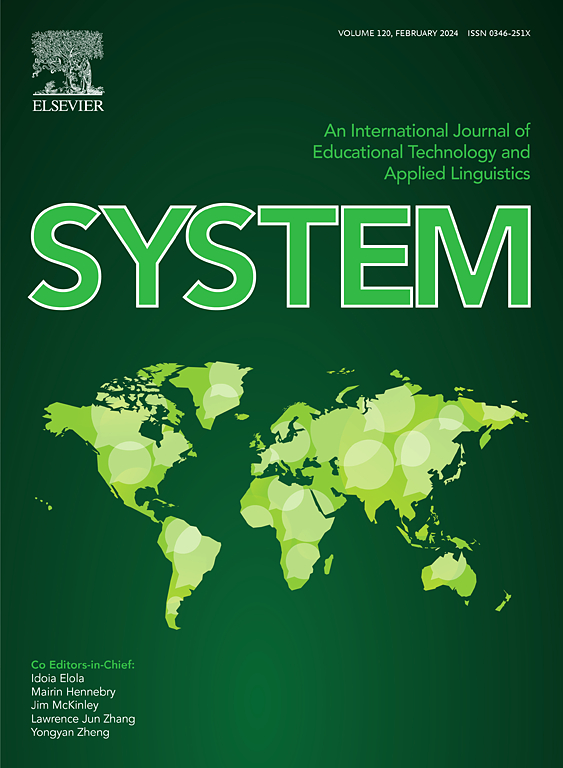饲粮中添加肌酸对妊娠第60和90天后备母猪胎儿发育的影响
IF 7
1区 农林科学
Q1 Agricultural and Biological Sciences
引用次数: 0
摘要
肌酸-肌酸激酶-磷酸肌酸(Cr-CK-PCr)系统可维持细胞内 ATP/ADP 的比例以支持细胞功能,其特征已在啮齿动物、灵长类动物、猪和绵羊的胎盘-子宫界面得到证实,因此可支持胎儿发育。本研究确定了妊娠母猪膳食中补充肌酸(Cr)对胎儿发育的影响、初级和次级肌纤维的数量和比例,以及分别对妊娠 60 天和 90 天胎儿猪子宫内膜和胎儿肱二头肌蛋白质表达的影响。使用 Matrix 使生殖成熟的后备母猪同步发情,观察发情情况(第 0 天),并在 12 小时和 36 小时后进行人工授精。后备母猪单独饲养,每天饲喂两次 0.86 千克粗蛋白含量为 14% 的日粮,以满足妊娠后备母猪的营养需求。从妊娠第 10 天到第 60 天或第 90 天,小母猪被分配到基础日粮对照(CON)组或添加一水 Cr 组(每天添加 30 克一水 Cr)。在妊娠期第 60 天或第 90 天,对雌鼠实施安乐死并切除子宫。这些方案在两个重复中完成,因为后备母猪在春季配种,夏季安乐死;或在秋季配种,冬季安乐死(n = 20 只/重复)。记录产仔数、冠臀长、性别和胎儿体重。选取最接近平均窝重的三个雌性和雄性胎儿,以评估处理对胎儿脑、肾、肝、脾和肱二头肌重量的影响。对数据进行分析,以确定处理、妊娠天数、重复和性别对胎仔大小、胎儿测量和宫内生长受限发生率的影响。膳食补充铬可提高妊娠第 90 天胎儿脑重与体重之比(P < 0.05)和妊娠第 60 天胎儿肾重与体重之比(P < 0.01),而妊娠天数对后备母猪子宫内膜线粒体 CK 同工酶的表达有显著影响(P $$<$ 0.05)。结果表明,妊娠后备母猪膳食中补充铬可促进胎儿某些器官的发育,有助于了解铬-钙-磷系统在妊娠中的作用。本文章由计算机程序翻译,如有差异,请以英文原文为准。
Effects of dietary supplementation of creatine on fetal development in gilts at d 60 and d 90 of gestation
The creatine-creatine kinase-phosphocreatine (Cr-CK-PCr) system maintains intracellular ratios of ATP/ADP for support of cellular functions and has been characterized at the placental-uterine interface of rodents, primates, swine and sheep, and thus may support fetal development. This study determined effects of dietary supplementation of creatine (Cr) to gestating gilts on fetal development, the number and ratio of primary and secondary muscle fibers, and on protein expression in endometrium and fetal biceps-femoris muscle, respectively in fetal pigs on d 60 and d 90 of gestation. Reproductively mature gilts were synchronized to estrus using Matrix, observed for estrus (d 0), and artificially inseminated 12 h and 36 h later. Gilts were individually housed and fed 0.86 kg of 14% crude protein diet twice daily that meets nutritional requirements for pregnant gilts. Gilts were assigned to either basal diet control (CON) group, or Cr supplemented group (provided 30 g Cr monohydrate daily) from d 10 to either d 60 or d 90 of gestation. Gilts were euthanized and hysterectomized on either d 60 or d 90 of gestation. These protocols were completed in two replicates, as gilts were bred in spring and euthanized in summer or bred in fall and euthanized in winter (n = 20 gilts/replicate). Litter size, crown-rump length, sex, and fetal weight was recorded. Three female and male fetuses closest to mean litter weight were selected to assess effects of treatment on weight of fetal brain, kidney, liver, spleen, and biceps-femoris muscle. Data were analyzed to determine effects of treatment, days of gestation, replicate, and sex on litter size, fetal measurements, and incidence of intrauterine growth restriction. Dietary Cr supplementation increased fetal brain weight to body weight ratios on d 90 of gestation (P < 0.05) and fetal kidney weight to body weight ratios on d 60 of gestation (P < 0.01), while days of gestation had significant effect on expression of mitochondrial CK isoform in gilt endometria (P $$<$$ 0.05). Results suggest that dietary supplementation of Cr in gestating gilts enhanced development of select fetal organs and contribute to understanding roles of the Cr-CK-PCr system in pregnancy.
求助全文
通过发布文献求助,成功后即可免费获取论文全文。
去求助
来源期刊

Journal of Animal Science and Biotechnology
AGRICULTURE, DAIRY & ANIMAL SCIENCE-
CiteScore
9.90
自引率
2.90%
发文量
822
审稿时长
17 weeks
期刊介绍:
Journal of Animal Science and Biotechnology is an open access, peer-reviewed journal that encompasses all aspects of animal science and biotechnology. That includes domestic animal production, animal genetics and breeding, animal reproduction and physiology, animal nutrition and biochemistry, feed processing technology and bioevaluation, animal biotechnology, and meat science.
 求助内容:
求助内容: 应助结果提醒方式:
应助结果提醒方式:


